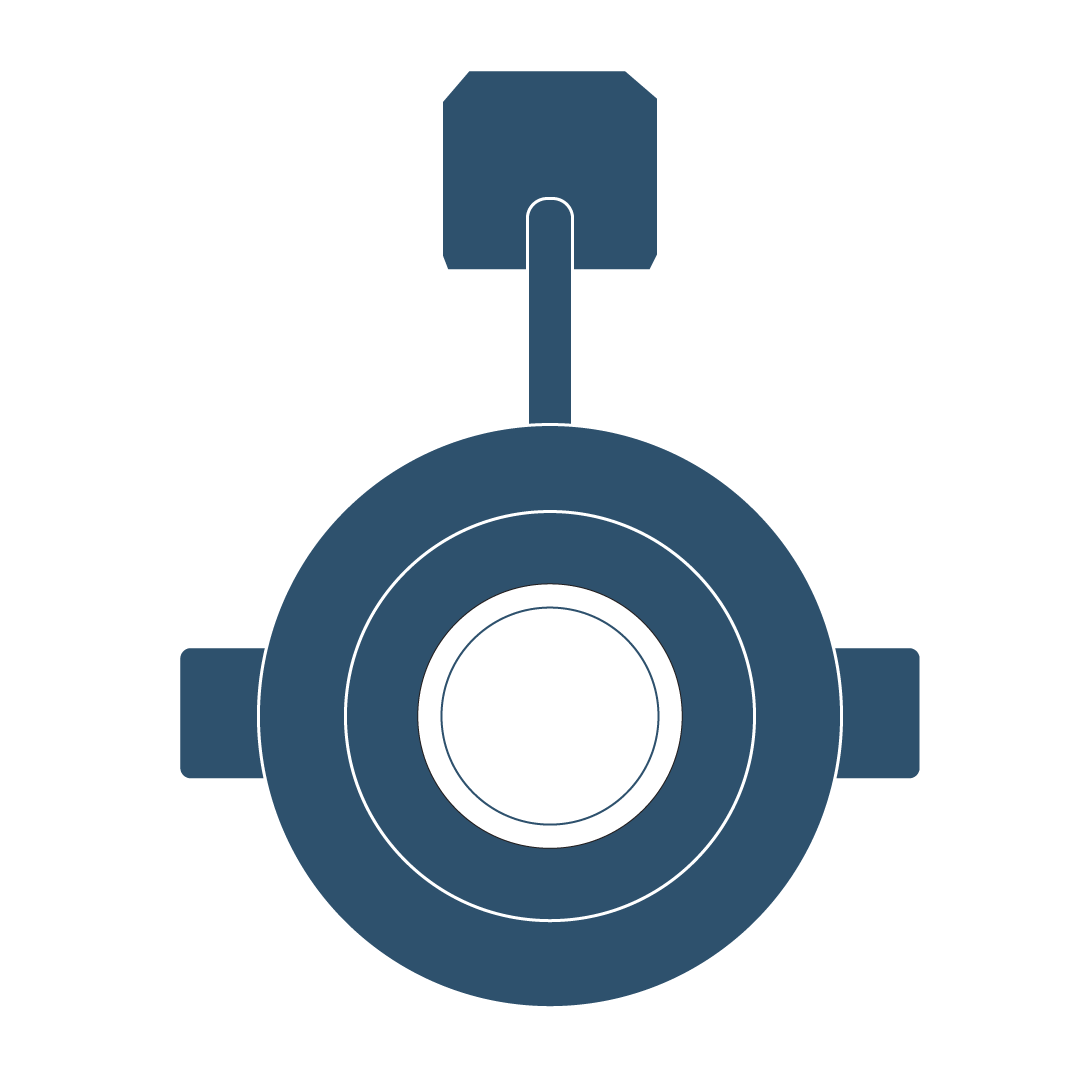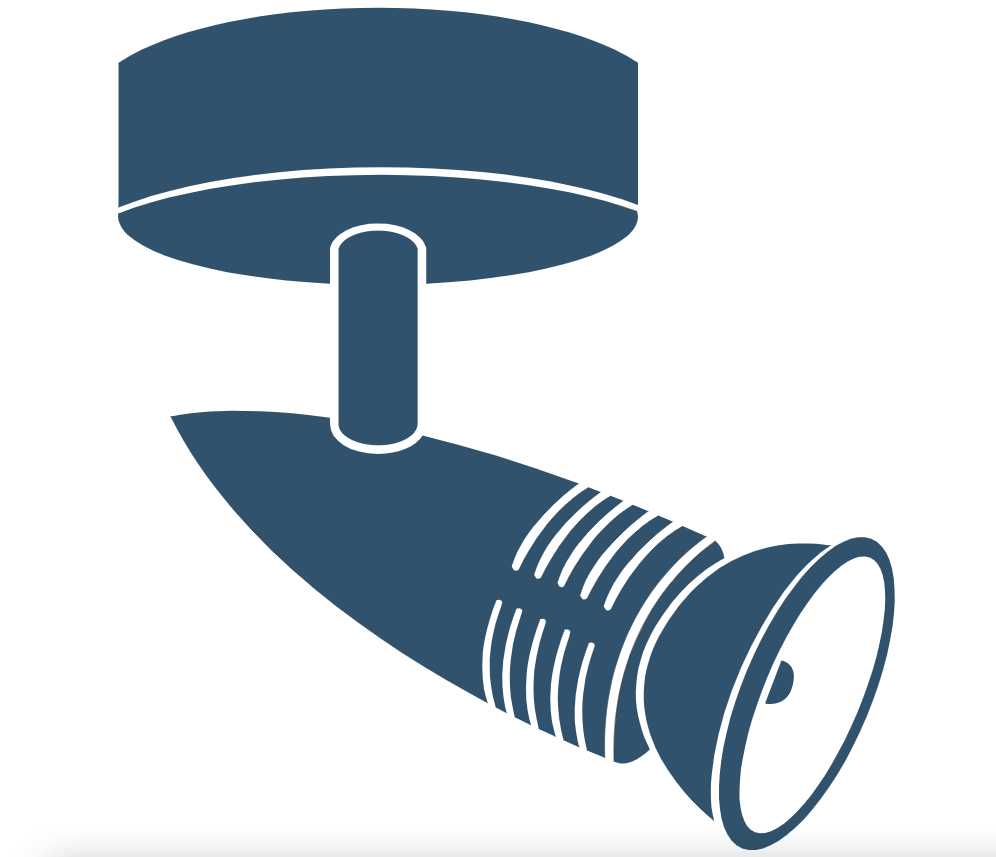Smart Bulbs
Incandescent lamps, fluorescent tubes, and standard LED bulbs are some of the most common fittings paired with pendant lights, downlights, desk lamps and more. However, did you know there's another option that can easily outshine these lamps? Introducing smart light bulbs! They are LED bulbs combined with interconnectivity, enabling you to adjust the brightness level, change the colour temperature, switch between the shades in the colour wheel, and turn on/off your lights through your smartphone or voice assistants like Alexa or Google Home.
In our diverse roster of smart LED bulbs, you'll find colour-tunable and RGB colour-adjustable varieties, as well as bulbs in different shapes, sizes, bases (GU10, E27, B22, E14), lumens output and power consumption.
-
 Pack of 3 Smart 8.5W LED RGB CCT Changing Dimmable Bulb£27.00 £32.40 Was £54.00 Save £21.60Out of stock
Pack of 3 Smart 8.5W LED RGB CCT Changing Dimmable Bulb£27.00 £32.40 Was £54.00 Save £21.60Out of stock
Why buy Smart Bulbs?
While it's true that smart LED lights are more convenient and modern, it's also true that it'll be an additional expense to upgrade. You will undoubtedly waver, especially if you have a well-functioning LED light bulb at your disposal.
Well, to give you more enlightenment about smart bulbs, here are their key benefits:
Energy Efficient
Smart LED bulbs are more energy-efficient than conventional lighting solutions. They can convert most of their electrical consumption into light, with a very tiny portion ending up as waste. Because of this, they can produce exceptional illumination even if they have a minimal power requirement.
Long Lifespan
Smart bulbs have an average lifespan of about 25,000 hours and more. How significant is this figure? An incandescent bulb is expected to live for 1,000 hours, while a fluorescent tube lasts for about 7,000 to 15,000 hours. With 25,000 hours, a smart LED bulb can illuminate your home much longer!
Remote Control
At least once in your life, you must have forgotten to switch off your lights when you leave your home. You either notice this mistake halfway in your drive to the office or when you get home after a whole day out. With smart bulbs, you can avoid these problems. You can switch on/off, dim/brighten, and even change the colours of your lights anywhere!
Voice Control
Remote control is cool, but voice control is even better! With this feature, you can manage your lights without lifting a finger. You only need to connect it to a voice assistant like Alexa or Google Home, and you're all set. Just say the words, and your lights will do as you command!
Environment Friendly
Smart bulbs don't contain mercury and other toxic chemicals. They are also efficient and long-lasting, helping lessen greenhouse gas emissions and reducing one's carbon footprint.
How do Smart Light Bulbs Work?
A smart bulb has a built-in chip that enables it to communicate wirelessly with other devices using Bluetooth, WI-Fi, or Zigbee, allowing remote operation via smartphones or smart home assistants.
- Installing a smart bulb is relatively simple. You only need to do three steps:
- Attach the smart bulb to the light fixture.
- With the dedicated app for the bulb, connect the bulb to your Wi-Fi network.
- When linking is successful, you can manage your lights through your smartphone and smart speakers.
It's critical to note that different bulbs will have varying mounting instructions. Therefore, it's necessary to read the product manual to avoid issues.
Many are fascinated by the technology behind smart LED bulbs. Here are some of their primary characteristics:
- Wireless communication: These innovative bulbs use protocols like Zigbee, Bluetooth, and Wi-Fi to send signals to a central hub or your phone.
- App management: Smart lighting bulbs allow the convenience of operating your lighting system through a specific app on your smartphone.
- Hub or bridge requirement: Some smart bulbs require an independent hub to connect to your Wi-Fi network. You can enjoy a broader control range if you have a model like this.
- Dimming capacity: Most smart bulbs are dimmable, offering more control over ambience and brightness levels.
- Colour-changing options: Another common trait of smart bulbs is their colour-changing features, which provide more versatility and customisation.
Alexa Controlled Light Bulbs
One popular way to enjoy and optimise smart LED bulbs is to hook them up with Alexa. This allows you to control your lights while lounging on your sofa or folding the chocolate chips in the cookie dough.
Don't be afraid to connect your smart bulbs with Alexa. It's not rocket science. Once you've installed the light fixture and screwed/twisted in the smart bulbs, you can then link it to your Alexa. Just ensure that you have a compatible frequency - you can find this in the packaging or the product description of the bulb.
When everything is all set, you only need to say, "Alexa, dim the living room lights, or Alexa, brighten the kitchen lights." No need to take a short trip to the wall switch or tap on your phone or remote control!
Wifi Connected Bulbs
Besides Bluetooth and Zigbee, Wi-Fi is another connection method you can use to connect your smart LED bulbs to your phone or gadget. In fact, most LED bulbs would have this connection requirement, making the setup more straightforward since most homes and businesses have internet!
To know if your bulbs can be connected using Wi-Fi, here are the things that you should be on the lookout for:
- Labeling. The bulb should have the words Wi-Fi-enabled, smart bulb, or app-controlled on the label of the packaging or the bulb itself.
- Brand name. Learn of the brands that manufacture smart LED bulbs or familiarise yourself with logos symbolising Wi-Fi connectivity.
- App compatibility. You should see in the product description that it's compatible with smartphone apps for control. If you cannot control it with your phone, there's a high chance that they're not smart bulbs to begin with.
- Smart home integration. Look for indications of smart home integration, which means you can use smart home assistants.
While you can put your detective skills to the test, the foolproof way to ensure that the bulb can connect to the Wi-Fi is to ask a sales representative in-store or call customer service. Either way is acceptable. It's a matter of preference and convenience.




























